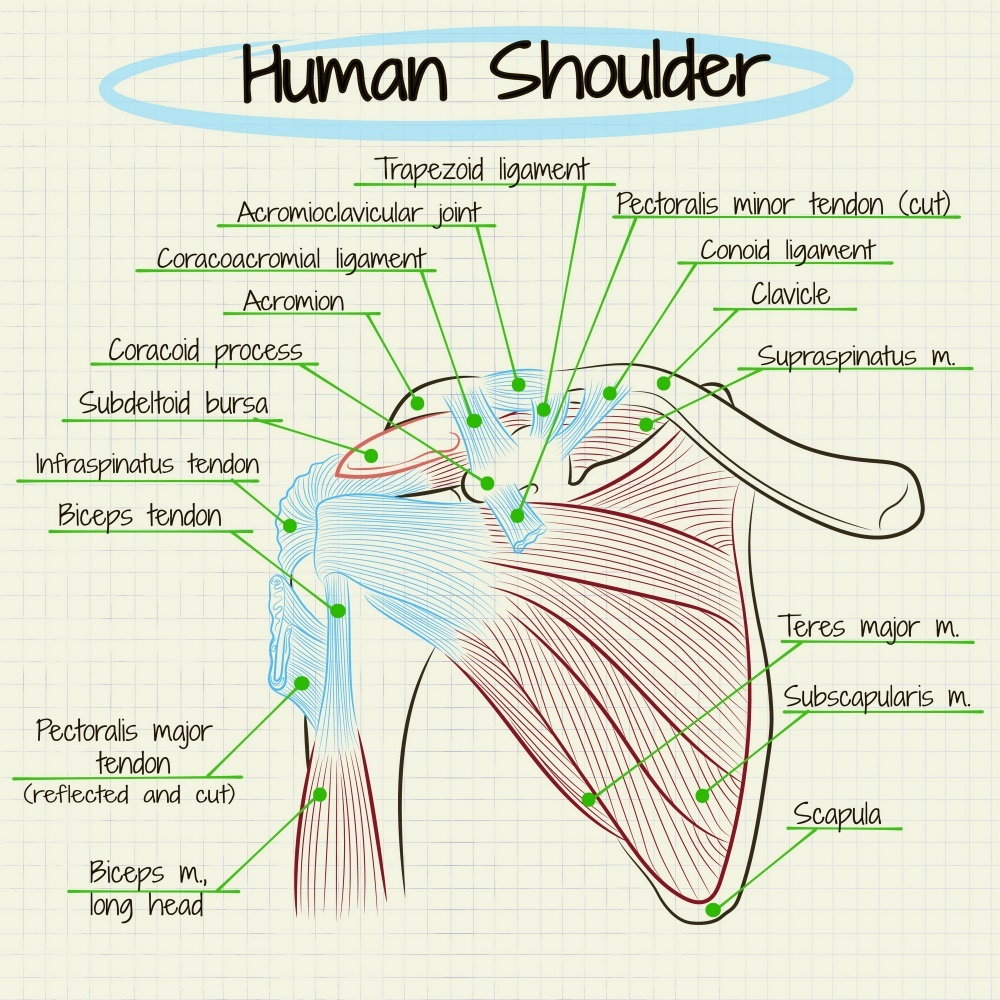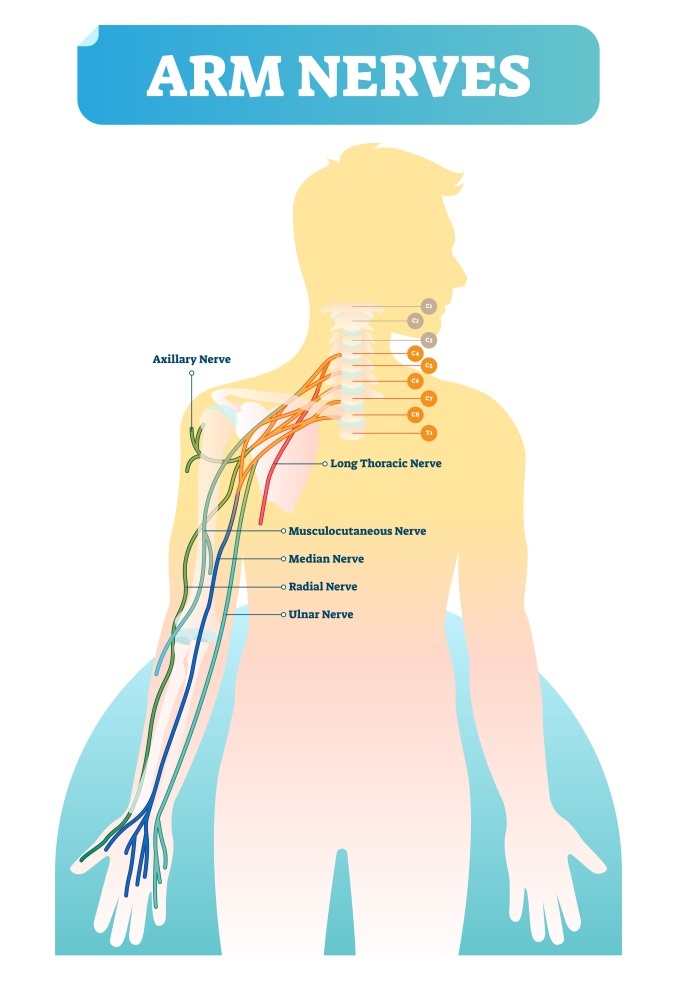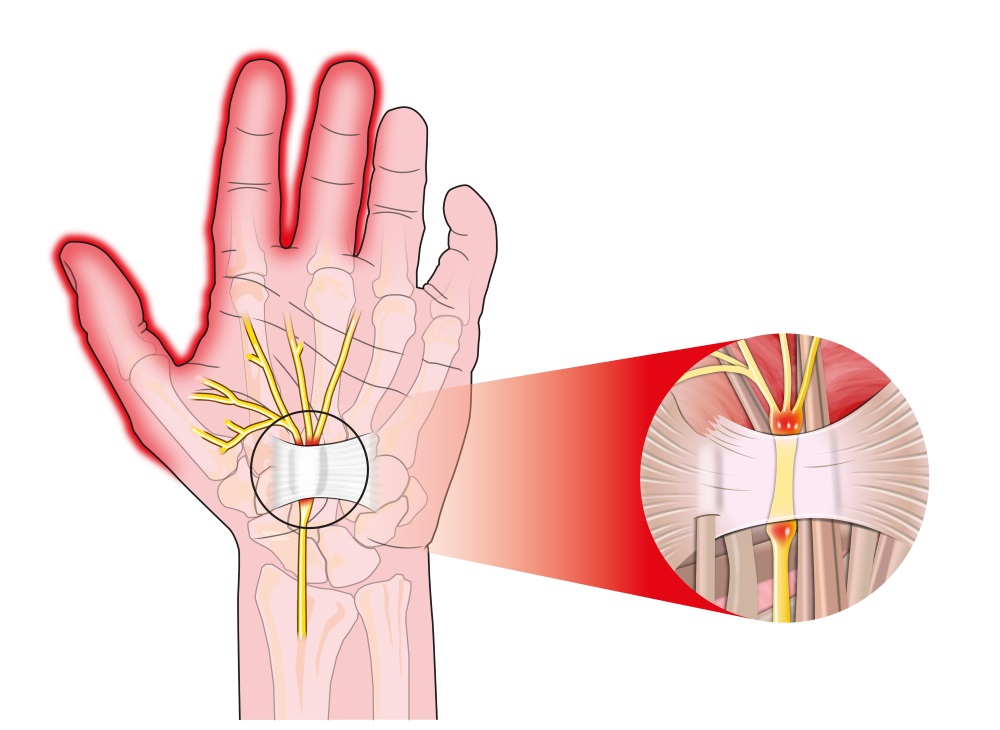Have you ever noticed your hands going a little numb during a ride? Maybe you’ve even dealt with severe numbness that’s gotten in the way of riding?
Don’t fear—the WheelBrothers have some answers for you!
Keep reading to learn about your ulnar nerve (which travels from your neck into your hand) and about how it commonly gets compressed by the pressure of your hands on the bars—causing the symptoms of “handlebar palsy.”
What is my ulnar nerve?
Bear with us as we take a moment to dive into the nitty gritty of some anatomy! Your ulnar nerve is one of three major nerves that originate in your spinal cord and travel out of your neck, across the front of your shoulder, and down into your arm.
As this nerve passes down the backside of your arm, it crosses your elbow through the cubital tunnel, where it is vulnerable to getting whacked—often referred to as “hitting your funny bone.” From the elbow, the nerve eventually travels through Guyon’s canal at the bony bottom corner of your hand, right below your pinkie. Here, it divides into sensory and motor branches.
This is where the ulnar nerve is most vulnerable to compression during a bike ride: when your hands are resting in a position that puts direct pressure on it while simultaneously absorbing vibrations and bumps from the road. You might experience numbness if the sensory branch is getting squeezed, or could even feel weakness or difficulty moving your hand if the motor branch gets pressed on for an extended period.
The posture of your entire upper body during cycling can also contribute to the ulnar nerve getting irritated, due partially to your neck’s extended position as you look forward, narrowing the openings that the nerve roots exit the spinal canal through, not to mention how they have to pass the tightened pectoralis muscles as they cross the front of your shoulder.
Once the ulnar nerve is primed by that pressure above your shoulder, it’s that much more likely to become symptomatic in your hand.
Whew!
Some of us are luckier than others, and our bodies are more tolerant to being in the flexed “on-bike” position. Others might need to do a little more work to keep our upper body flexible and symptom-free.
What can I do if my hands are numb or weak?
First, decide how serious the symptoms are. If they happen occasionally or your symptoms are mild, you might consider starting with self-treatment and see how it goes. If you’re having issues with hand weakness off the bike or if symptoms are severe, consider checking in with a medical professional sooner rather than later.
Here are some WheelBrothers’ suggestions for getting rid of those numb hands:
- Change hand positions frequently during a ride.
This one is pretty self-explanatory! Sit up and stretch your arms and neck often, and shift your hands around from tops to hoods to drops. The longer the ride, the more important this is.
- Replace bar tape, add padding, or get new gloves.
People can be very particular about how they like their bars wrapped, and there are some strong opinions about gel padding under tape! But consider that, while it might take a little time to get used to something new on your bike (3-4 weeks is suggested for settling into a new bike fit, for example), adjusting to a slight increase in the diameter of your bar will happen relatively quickly. After all, Paris Roubaix riders often double wrap, and if it’s good enough for the pros, maybe it’s worth a try!
If you’re not into messing with your bar set-up, consider some new gloves with more padding. If you’re really feeling ready to get rid of numb hands, check out this link to DIY double-wrapping, thicker bar tape options and a video on installing gel pads.
- Try these home stretches and exercises.
Since we spend so much time in a fairly stationary position on the bike (aside from those furiously pedaling legs), even cyclists without hand symptoms would do well to incorporate some kind of mobility program into their training. The following are simple and a great place to start:
- Pec stretches on a foam roll or at the wall
- Nerve glides
- Scapular strength
- Starfishing
- Use a lacrosse ball or foam roll to mobilize your pecs and the muscles around your shoulders. Check out this video for a full routine with the Great Britain Cycling Team.
- Check in with your local physical therapist.
If the first three tips didn’t help you out, it’s time to get serious! As movement and rehabilitation specialists, PTs offer a great place to start and will evaluate your posture, strength, and flexibility to create a recovery plan tailored to you. Some can even assess your position on the bike to see if your fit is contributing to the problem.
- Get a bike fit.
And speaking of fit…shifting your position on the bike can lessen pressure on the hands and open up the chest, taking tension off of the ulnar nerve. Seek out a professional to see if your fit may be part of the problem.
You have several options, including experienced local bike shop employees, physical therapists, and professional fitters. Look for someone nearby so you can easily return for follow-up tweaks or ask your riding buddies for their recommendations. Check out this WheelBrothers post for a more in-depth look at fits.
Well, that’s it! A basic overview of ulnar neuropathy, also known as “handlebar palsy” in cyclists. The suggestions above are not medical advice and do not take the place of a professional exam. When in doubt, check in with your PT or primary care provider to get a personalized assessment of what’s going on.
And don’t delay in addressing numb or weak hands—what starts out as easy-to-fix nerve irritation can progress to a longer-term problem that keeps you off the bike altogether. Taking your flexibility and strength into your own hands will allow you to continue riding those beautiful Texas roads!



 Tour de Cypress Ride
Tour de Cypress Ride